Gertrude Gibbons (b. 1998) is a writer based in London. She previously studied English Literature at the University of York and French Literature in Paris. As a young teenager she co-founded the experimental language group ‘Slavia’ and wrote two novels and a play: Plato’s Cave, performed at Arcola Theatre, Hackney, The Phaistos Disk, and a second novel The Silent Violinist currently in the process of publication. In 2018 with Derek Horton, she relaunched Soanyway magazine which she co-edits.
She has written for The French Literary Review, The Pluralist, NERO Magazine, The Theatre Times, Still Point Journal, Witkacy! among others, and has written essays on Mary Shelley, Guillaume Apollinaire, Witkacy, Philip Glass and Zoe Zenghelis. Recent interviews include director and translator Giovanni Pampiglione, artist Alen Ožbolt, artistic director David Gothard and instrument maker Peter Forrester, and collaborations with Bolim Jeon and Taylor Davies-King. She is researching Polish theatre and cultural reception in the UK and Italy, and writing about theories of absorption and seduction in the arts. Gibbons has recently had work translated into Italian, Polish, Chinese and Malayalam, and she regularly gives literary workshops in England and abroad. She plays and teaches violin which also influences her writing subject and style.

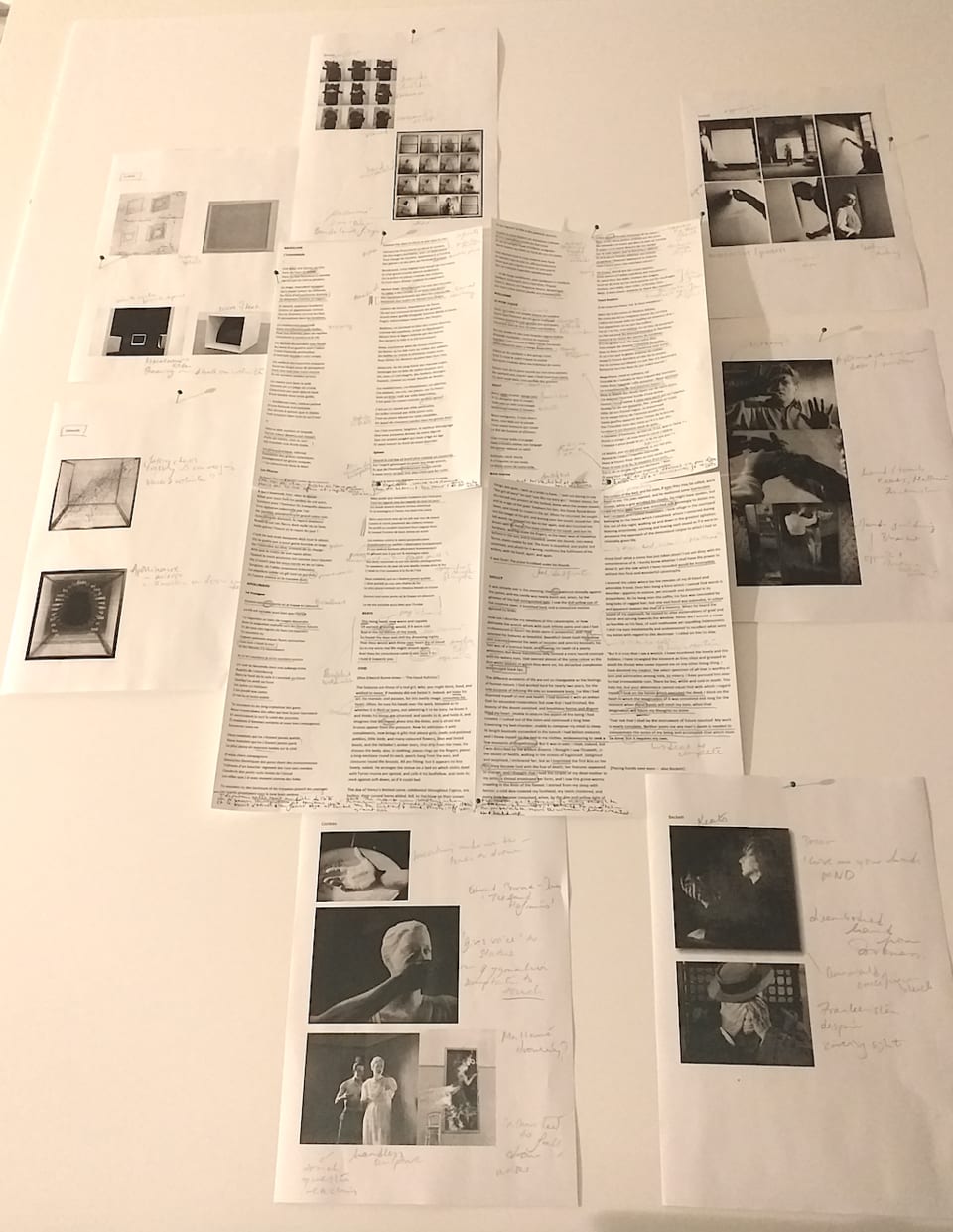

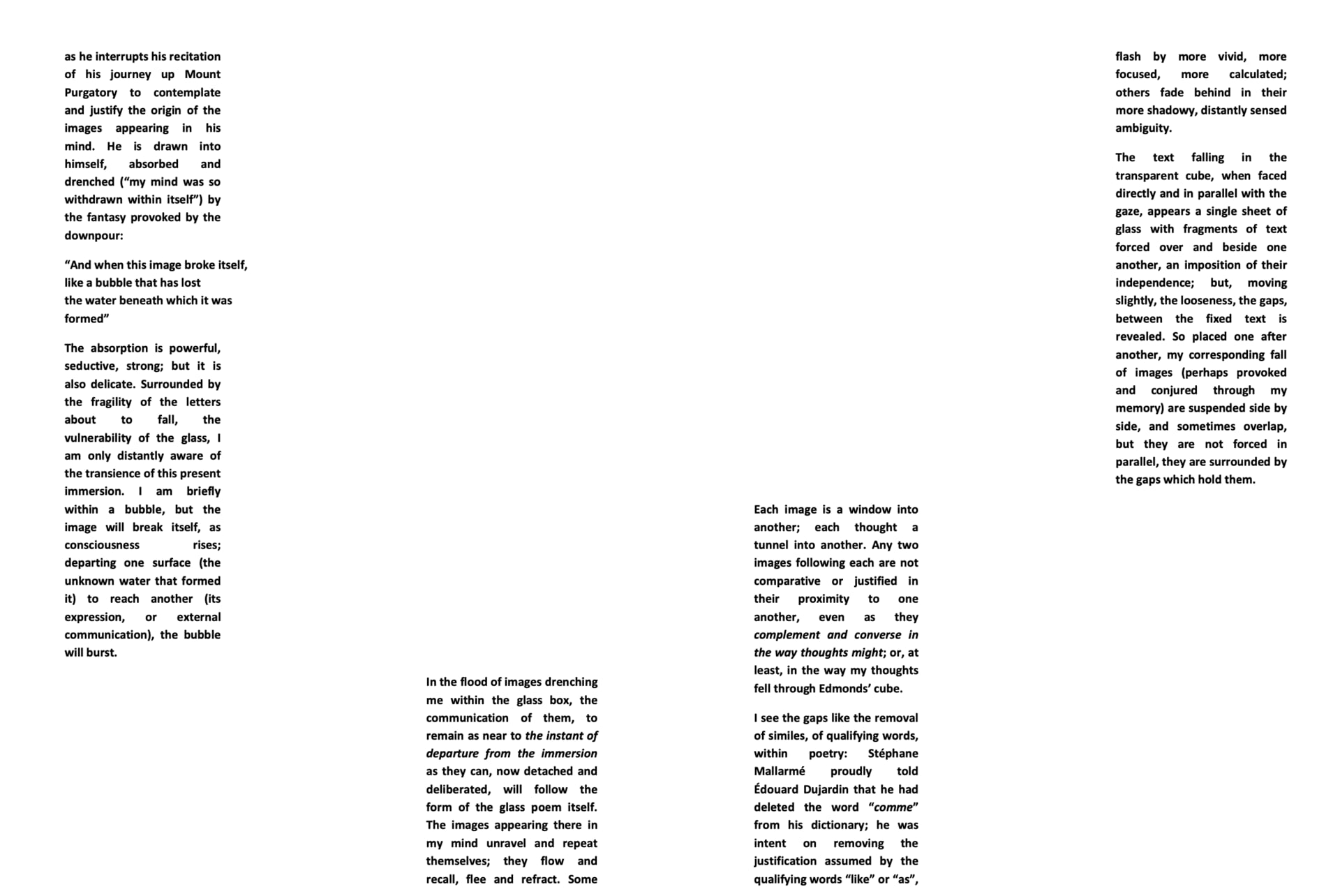
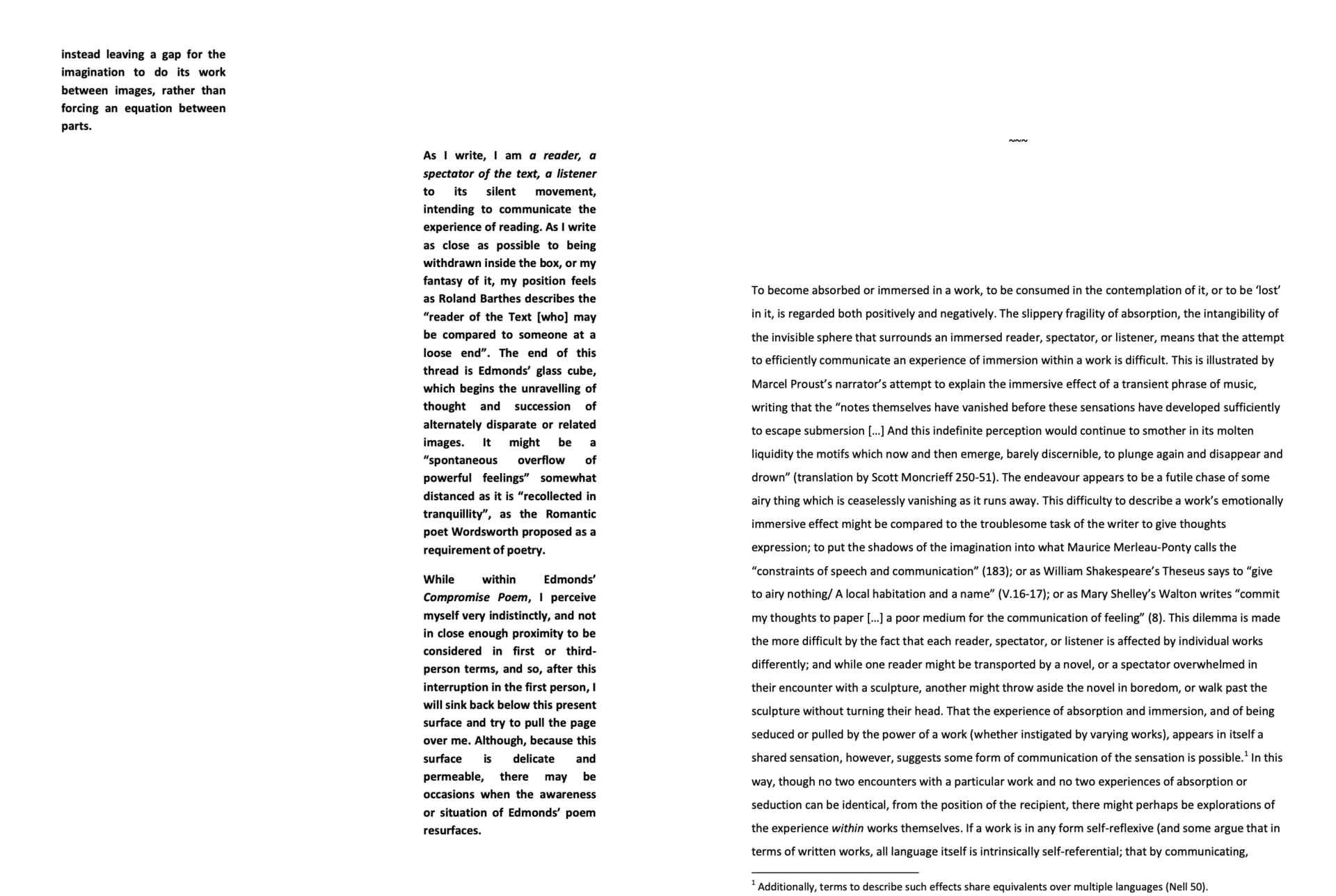

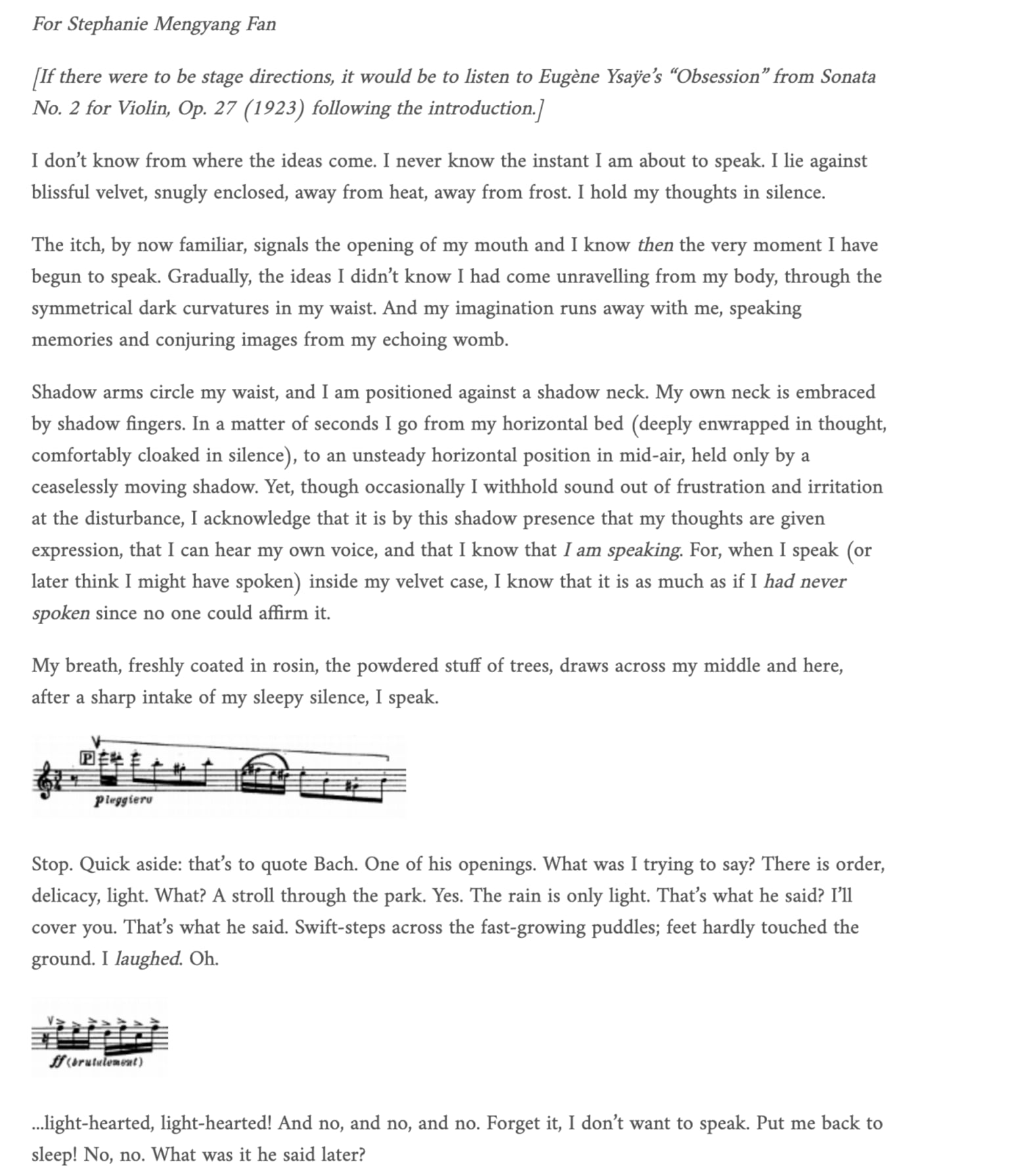
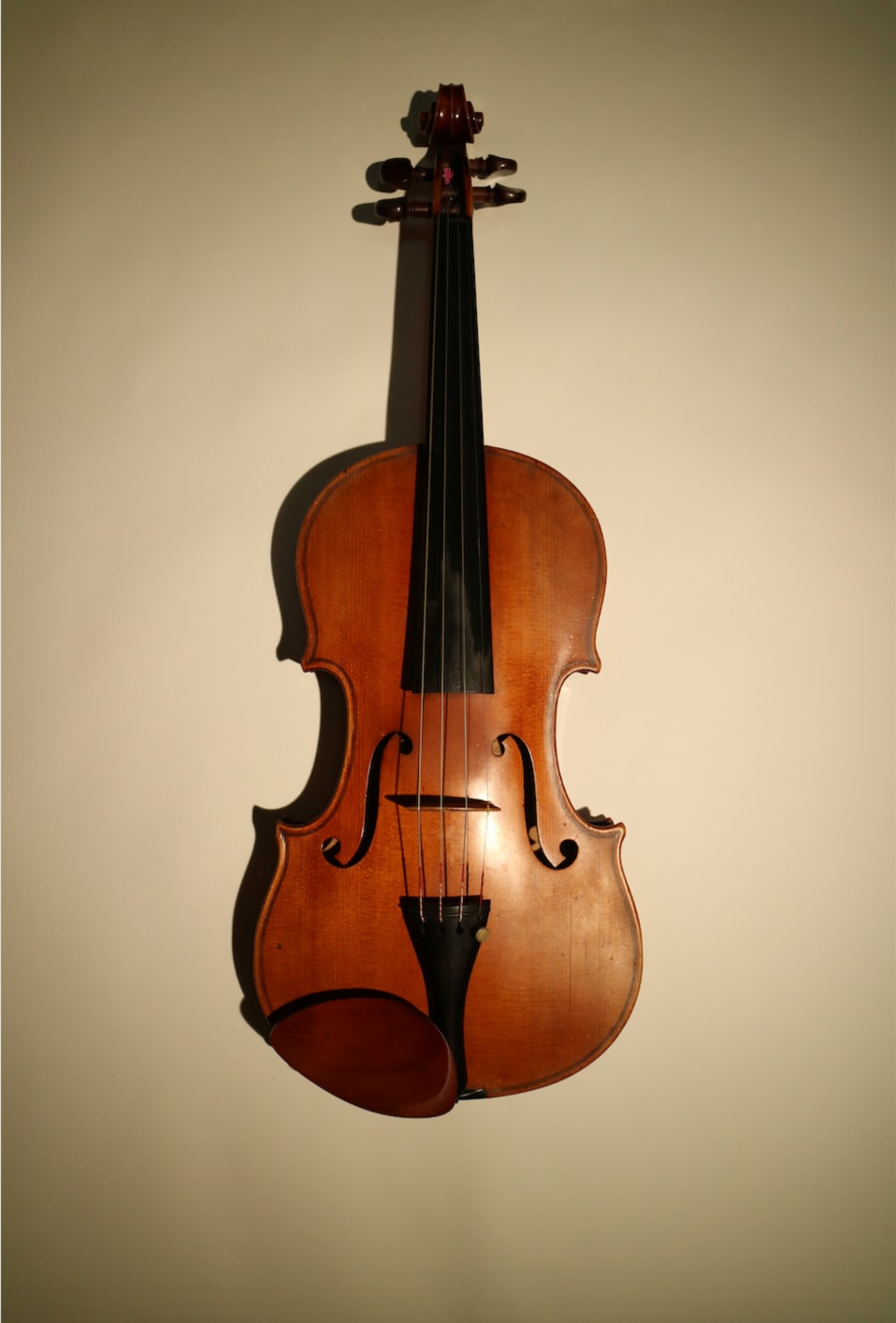
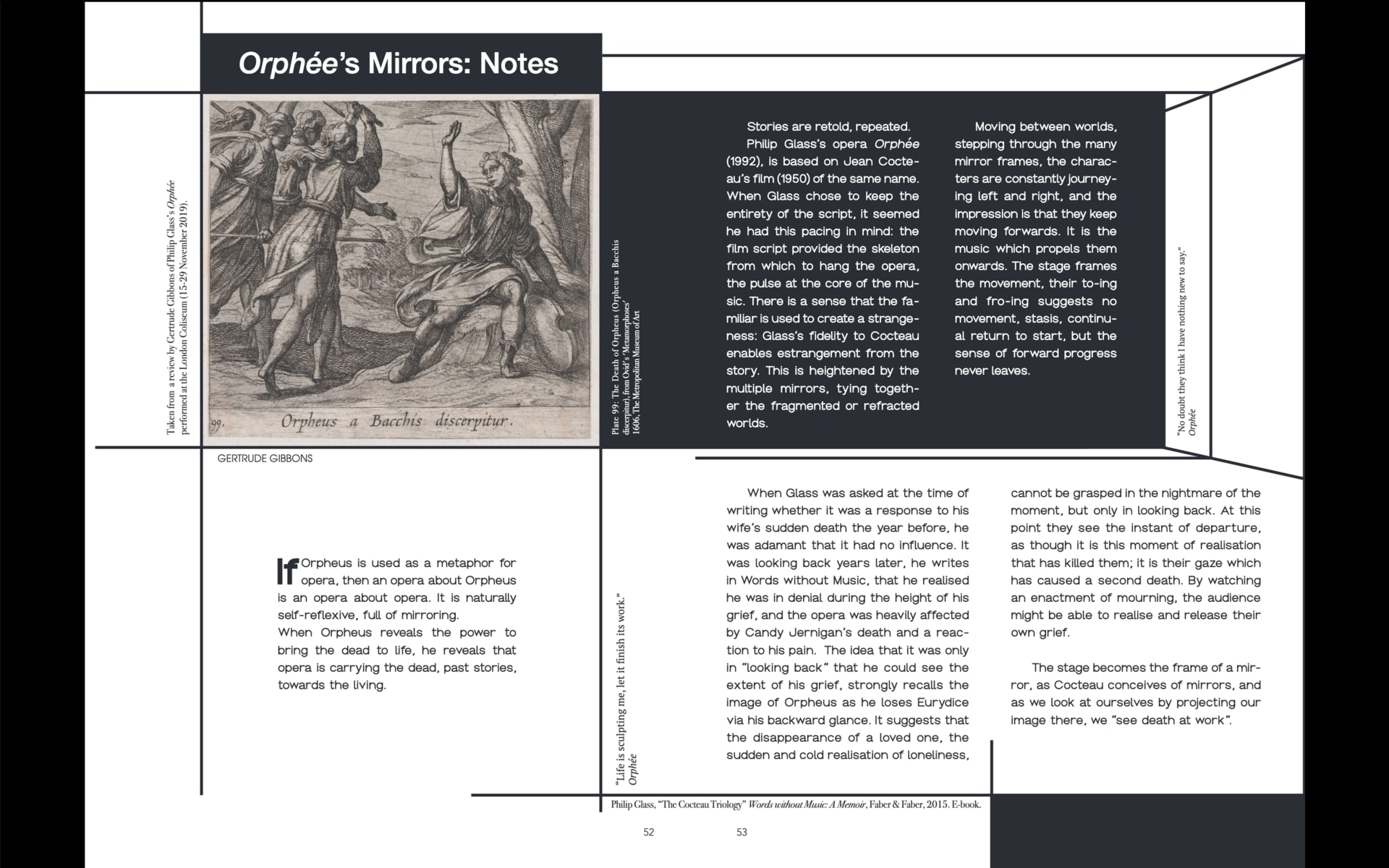




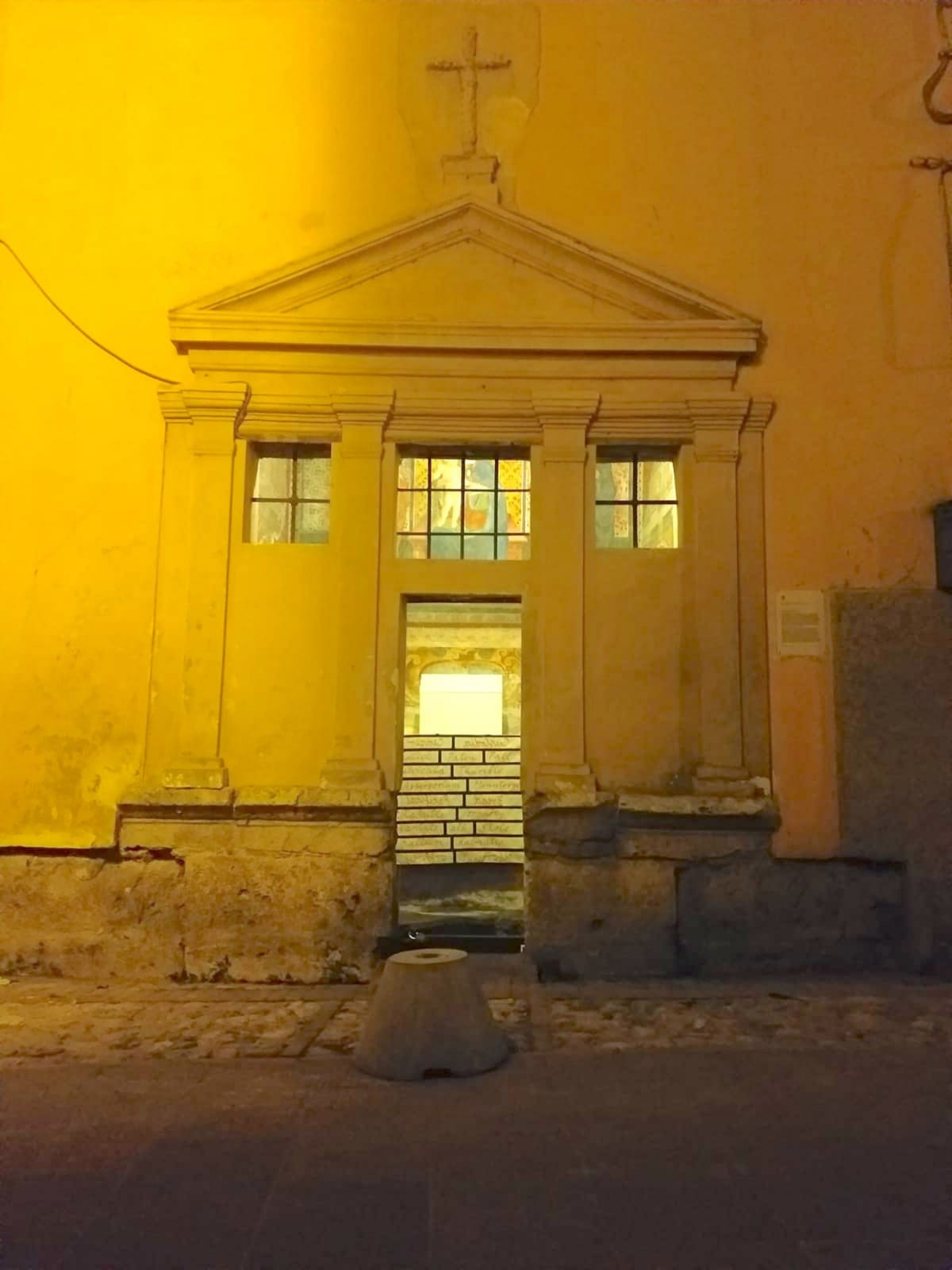
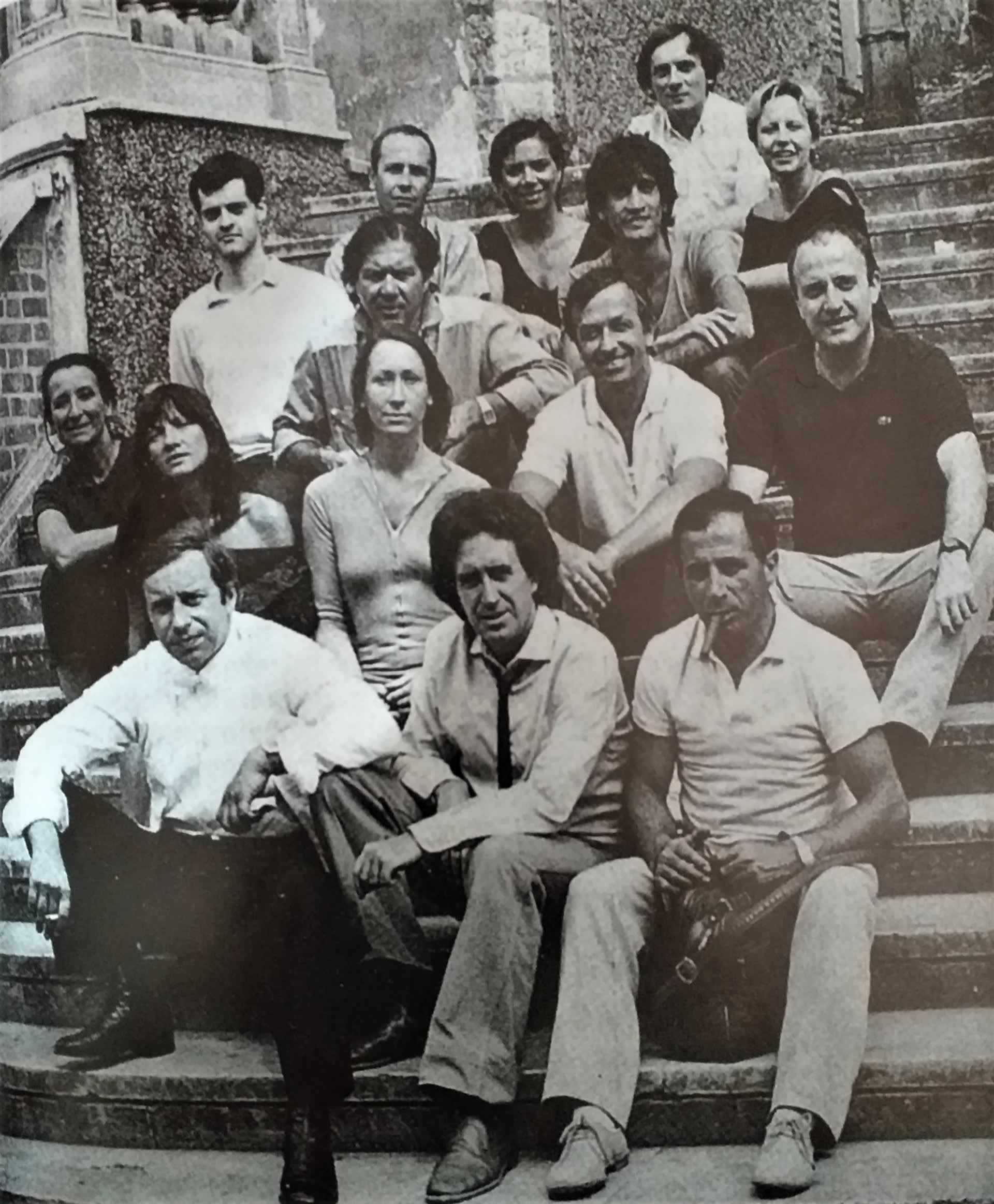



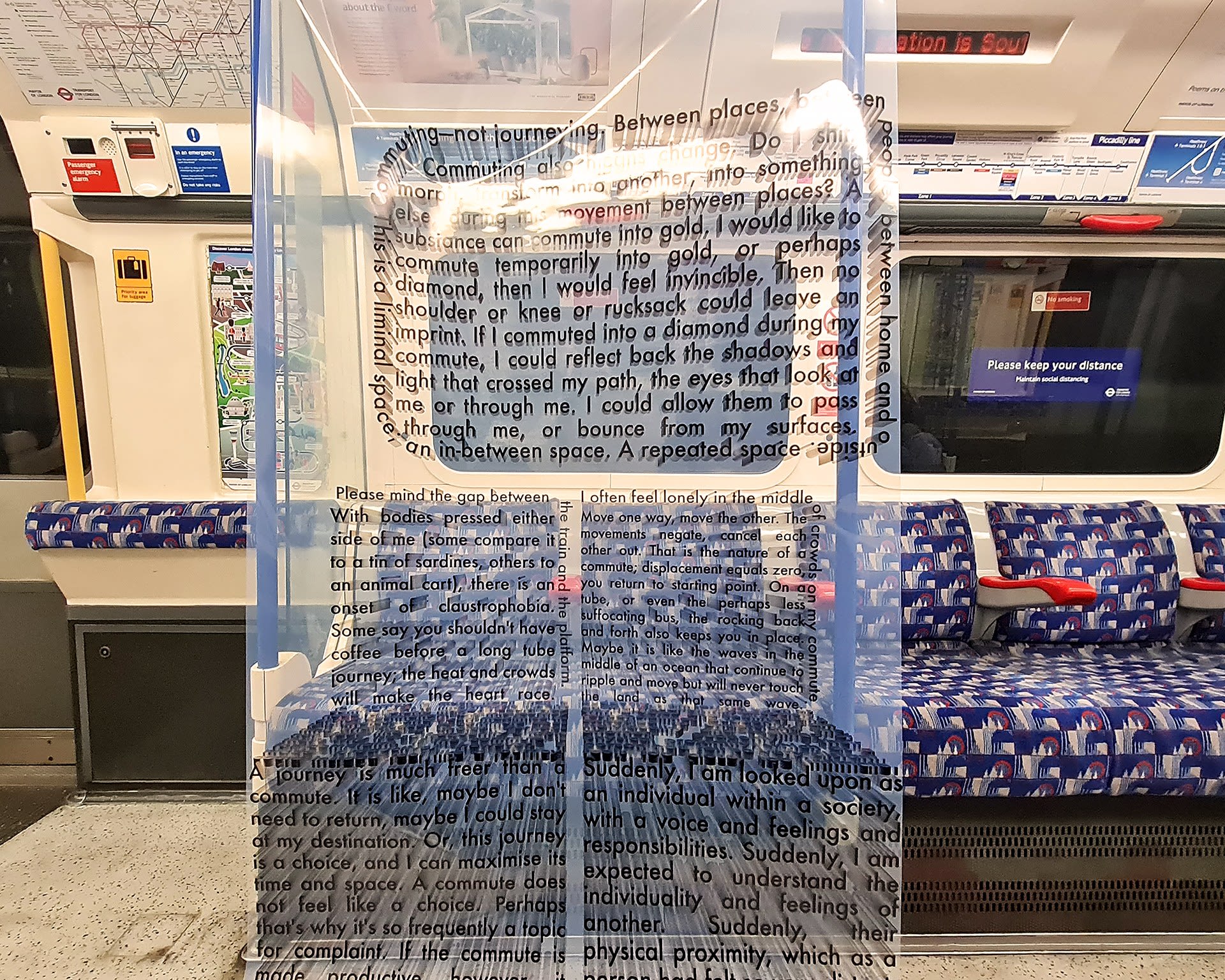


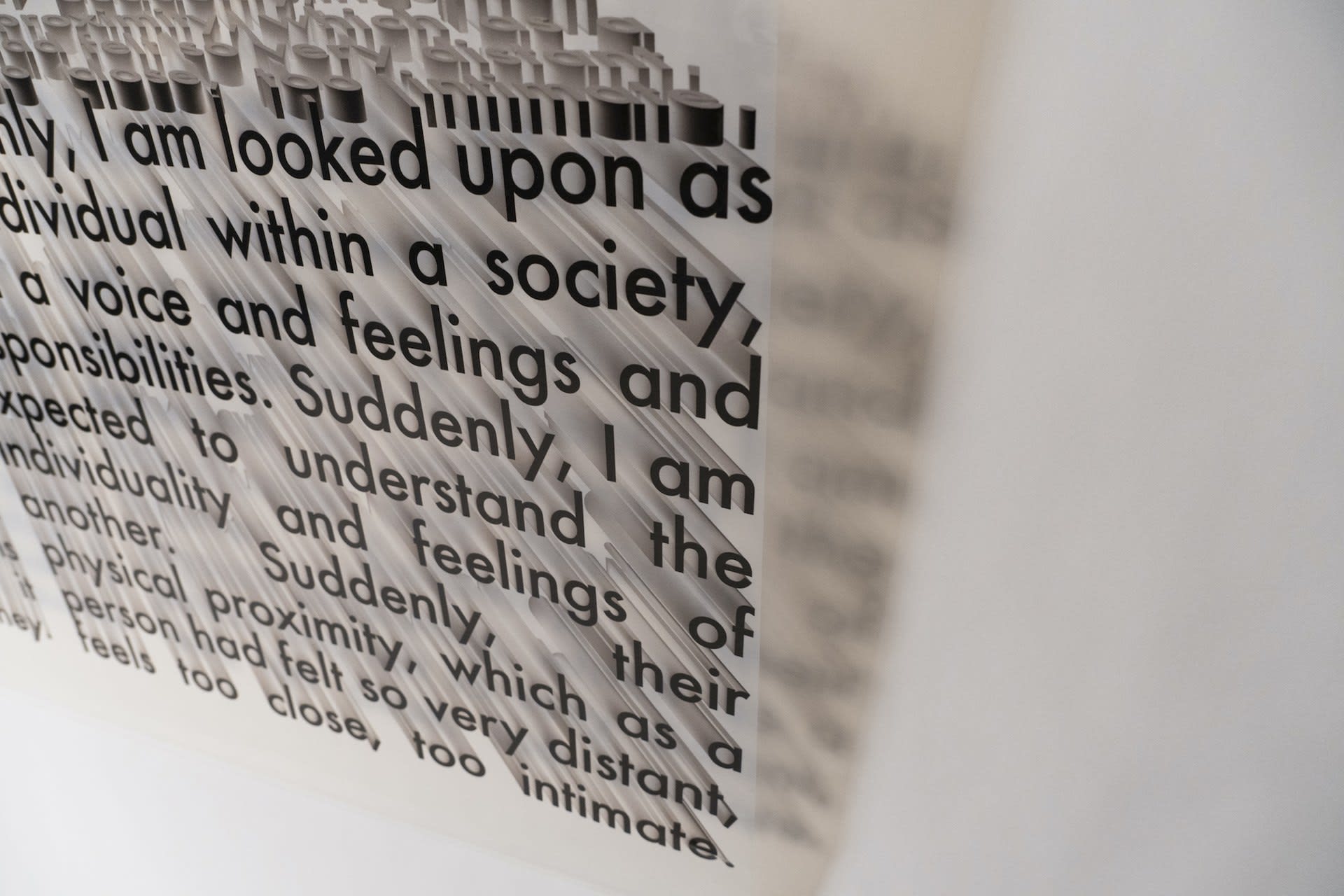
![Taylor Davies-King, under the moonlight, 2021 [detail]](https://res.cloudinary.com/rca2020/image/upload/f_auto,h_1091,w_1920,c_fill,g_auto,q_auto/v1/rca2021/60c510c8a98c7847e5ed7cad-707445?_a=AXAH4S10)